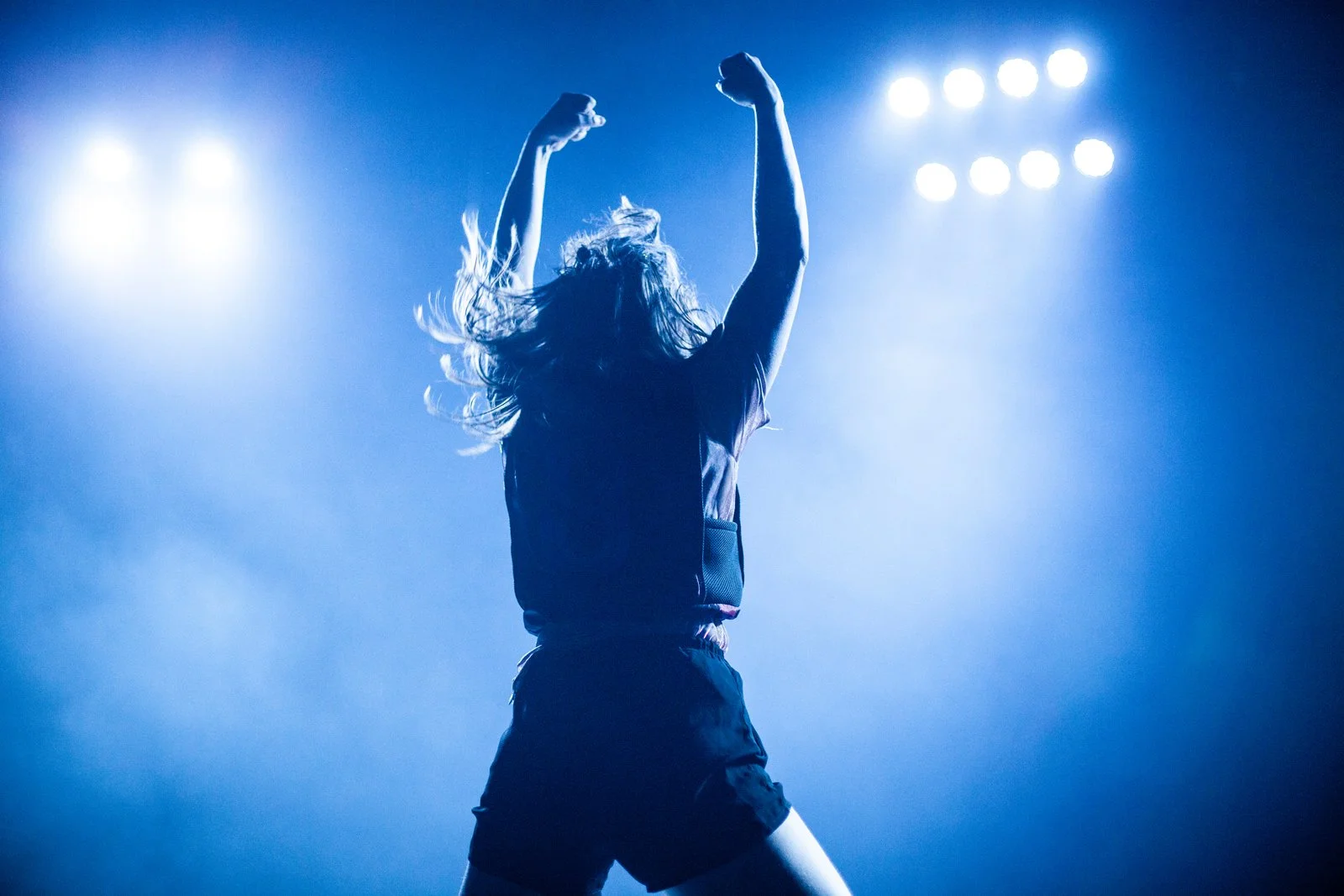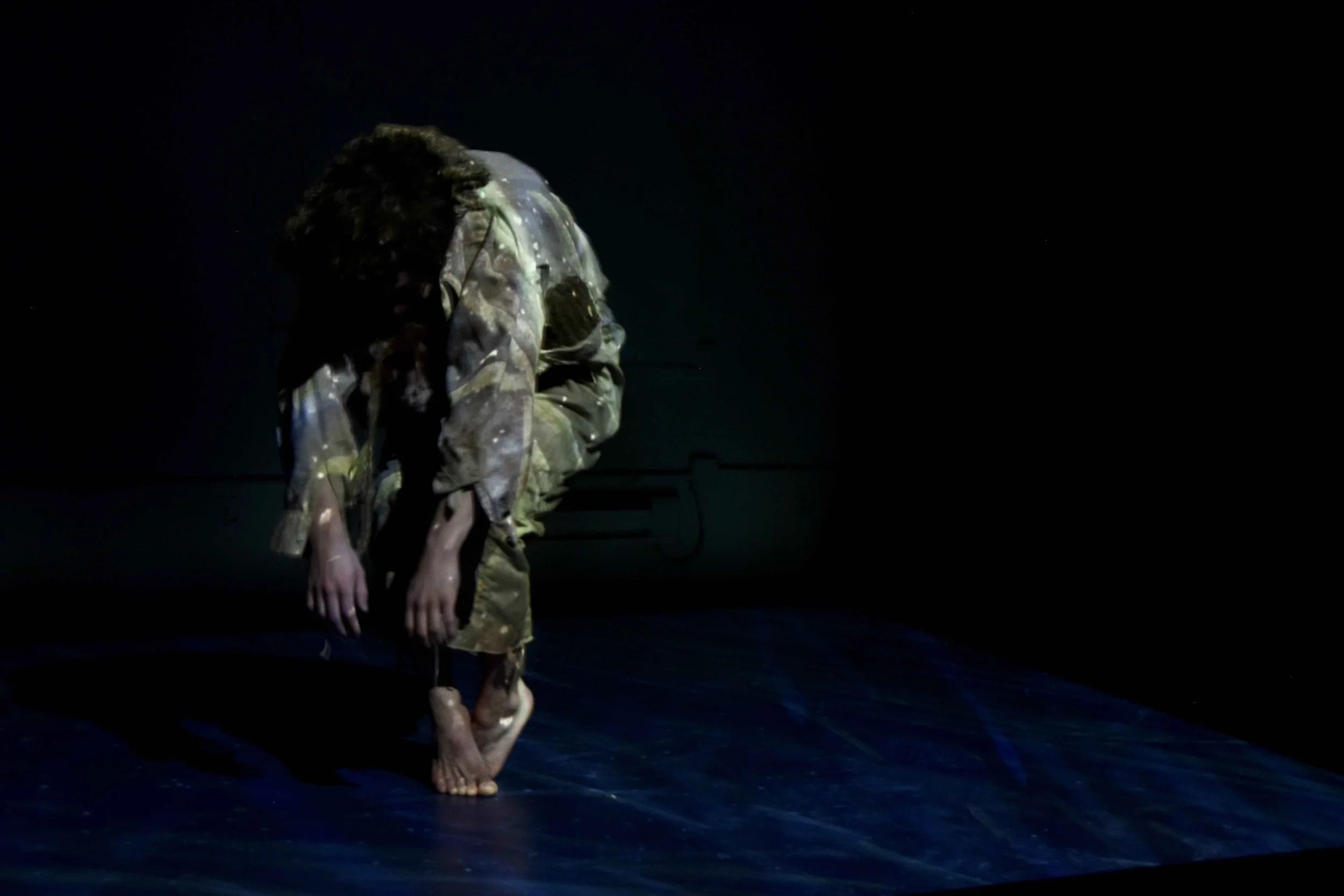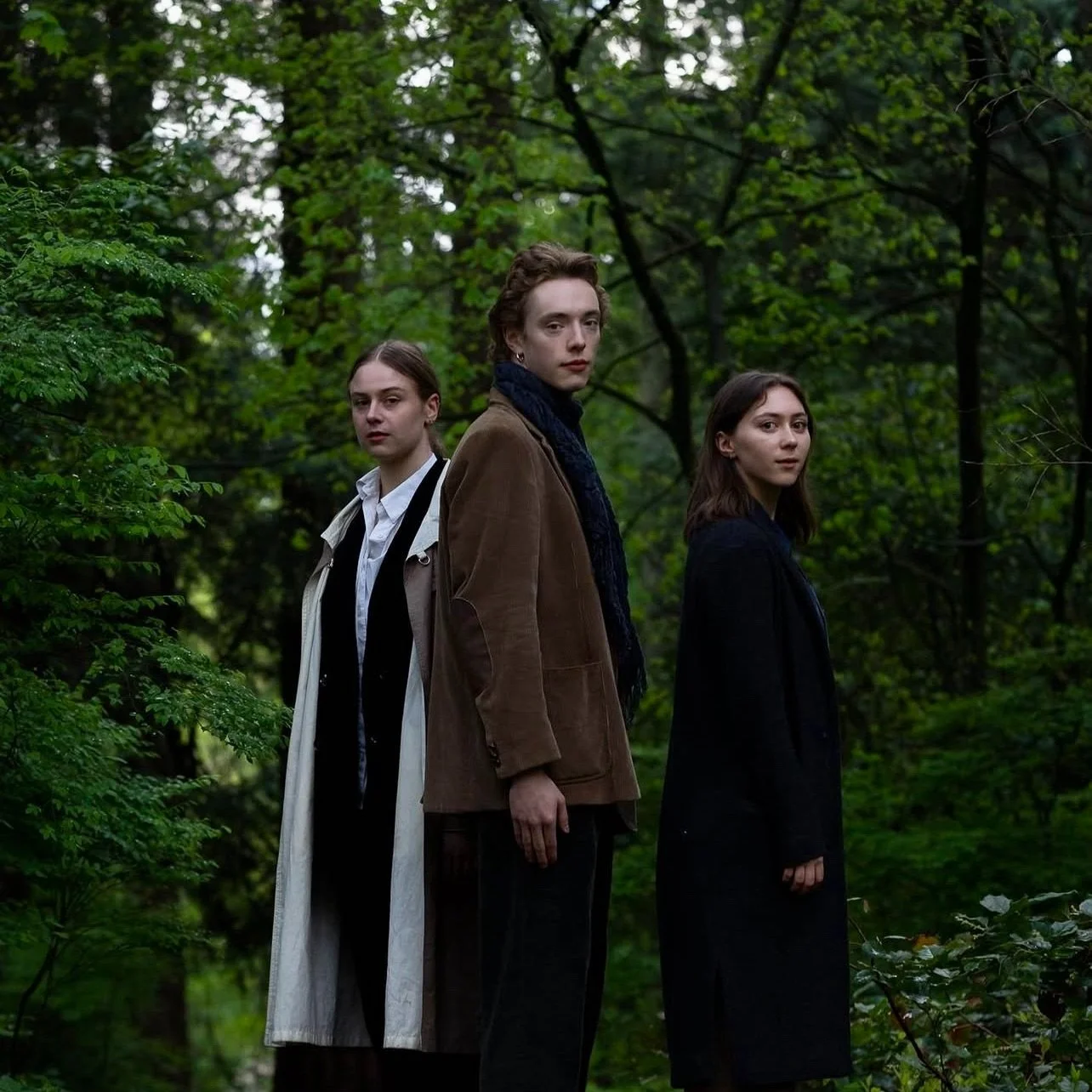Mucha Muchacha finds new freedom and empowerment in dance that pushes beyond flamenco
Forget ruffles: the bold Spanish troupe dons men’s boots and football shirts to create something new, at the Vancouver International Flamenco Festival
Photo by Mario Zamora
Vancouver International Flamenco Festival presents Mucha Muchacha September 16 at the Norman and Annette Rothstein Theatre
When the members of Mucha Muchacha first connected at the acclaimed Conservatorio María de Ávila de Madrid in 2014, they formed an immediate, rebellious connection.
They had devoted their lives to studying traditional Spanish dance and flamenco, and they were tiring of the repeated forms and codes. The dance felt “archaic and somehow alien to us,” explains dancer-choreographer Marina de Remedios over a Zoom call from her home in Paris before her highly unconventional, femme-powered eponymous show Mucha Muchacha explodes onstage here as part of the Vancouver International Flamenco Festival.
“That's what sometimes happens in the academic and institutional sphere, which teaches the practice in an imposture and even archaic way,” she says. “The way we had learned it didn't quite fit in with what we wanted to say.”
That led the women to create something radically different. Something empowered and feminist, with attitude.
“We needed to really act from our own bodies and we wanted to set no limits on creation,” de Remedios explains. “We were looking for another kind of physicality: what our body is like when it enters the rehearsal room and the choreography has not yet begun, when it screams while dancing, when it is tired, when it sings Reggaeton, what it is like when we talk to each other... But we were also looking for references in the physicality of other women— how a rugby player, a tennis player, a pop singer, a writer, move, or how our mothers move.”
Around the same time the foursome was talking about these ideas, they discovered an entire generation of Spanish women they had not been taught about in school. And they felt an immediate connection.
Las Sinsombrero (Spanish for "hatless women") were a group of avant-garde female thinkers and artists in pre-Franco, 1920s Spain—a part of the better-known, male-driven “Generation of the 27th” art movement (think Federico Garcia Lorca).
“It was very punk. It was very strong,” emphasizes de Remedios of Las Sinsombrero. “We started to research them and we were very excited because we found so many similar things and connections to us—we found it was very interesting between our two generations.”
And that was the beginning of their collective, Mucha Muchacha—translating roughly as “a lot of girl”.
Researching Las Sinsombrero led the dance artists to form a kind of guiding manifesto, in which they would declare their freedom and empowerment through their new company.
In the resulting show, the upending of the flamenco form starts with the outfits. Gone are the ruffling skirts and fringed shawls; in their place are football shirts with the women’s names on the back.
And then there are the sturdy lace-up boots they wear.
“Always, the woman has the flamenco shoes and the man wears the boots,” de Remedios explains. “When we tried the boots on, we found it way more comfortable. And it gave us another feeling to walk in them or dance in them—like superwoman boots!”
Mucha Muchacha. Photo by Mario Zamora
Mucha Muchacha takes an equally innovative approach to its use of voice. Usually when women dance flamenco, the most you might hear out of them is the shout of an occasional jaleo of encouragement to each other. But here, these muchachas speak, shout, and sing their heart out.
“We asked how the voice can be a part of the movement. And also, there are things that we say better with the voice than the body,” de Remedios says. And so you’ll hear them sing everything from pop to Reggaeton to Spanish tunes that speak about women—or about the way men speak about women.
As for the movement, the artists take the languages of flamenco and contemporary dance and push them to physical exhaustion—“putting the body in crisis,” as de Remedios puts it.
The result is something raw, intense, and yet contemplative—definitely unlike any flamenco show you’ve seen. Still, to really understand just what Mucha Muchacha is saying, you have to experience it live. The group is less interested in creating some new hybrid between contemporary dance and flamenco than finding fresh, authentic ways to express freedom and empowerment.
“We don't start from the idea of fusing,” de Remedios stresses, reflecting the same punk spirit she and her friends admired in Las Sinsombrero. “Spanish dance and flamenco is in the memory of our body and we work on it from a contemporary practice. In our creations it is one more tool that we put at the service of the work. Maybe yes, what we do is something else; we don't know what it's called, but we don't care about that either.”














